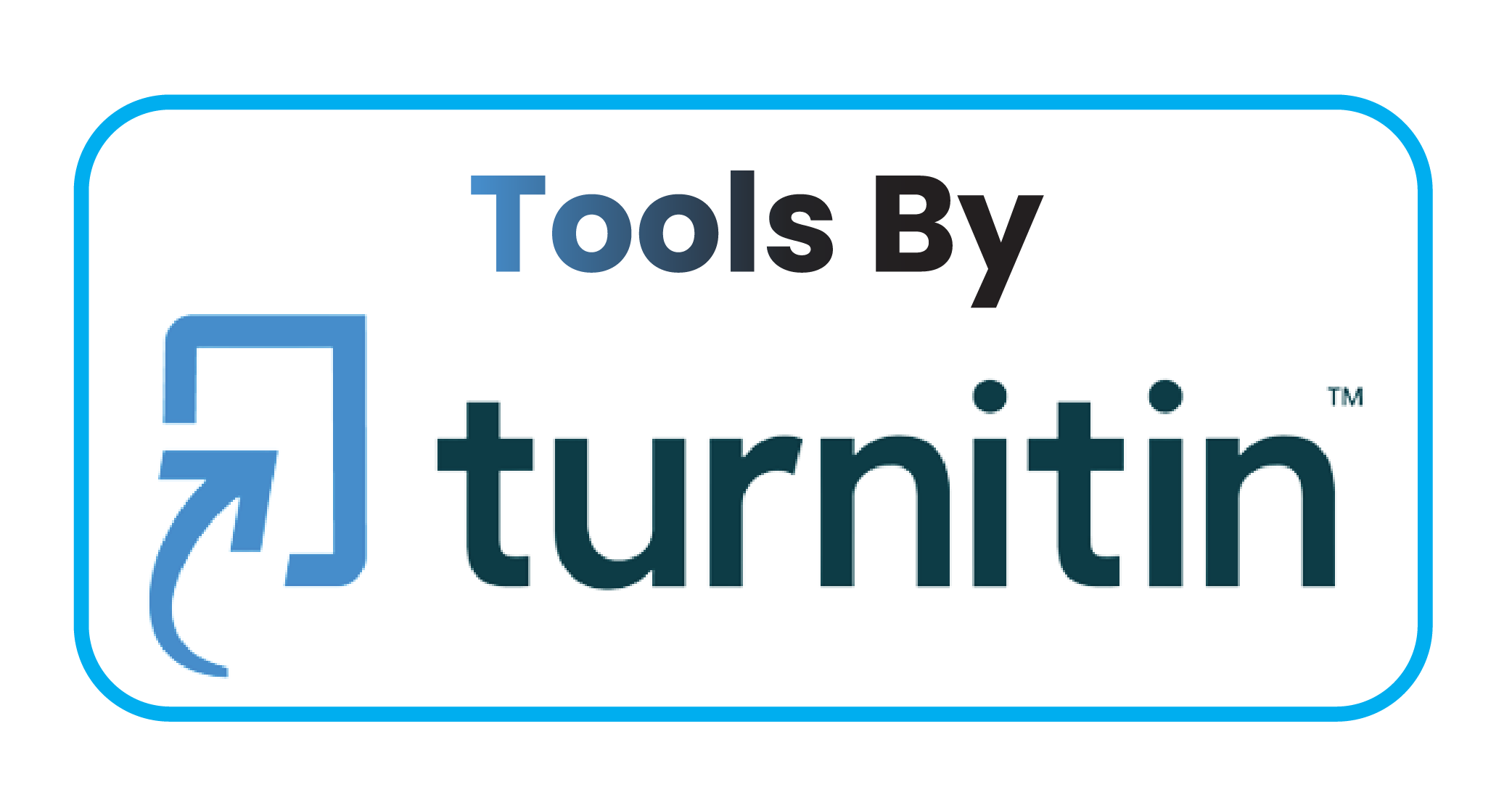Analysis of Ergonomic Risk Factors Related to Low Back Pain and Tension Neck Syndrome Complaints in Nurses at Maria Walanda Maramis Regional General Hospital, North Minahasa Regency
DOI:
https://doi.org/10.59888/ajosh.v3i9.556Keywords:
Ergonomic Risk Factors, Low Back Pain, Tension Neck SyndromeAbstract
Ergonomic issues have a significant impact on health services, especially on nursing services. Various types of nursing work are done manually. Ergonomic risk factors include physical conditions (work posture, physical workload), psychosocial and individual (age, gender and Body Mass Index) (NIOSH, 2024). The purpose of this study was to analyze ergonomic risk factors for complaints of Low Back Pain and Tension Neck Syndrome in nurses at Maria Walanda Maramis Hospital, North Minahasa Regency.
This study is a quantitative study with an observational research type, namely analytical using a cross-sectional study design (a cross-sectional study conducted at the Maria Walanda Maramis Regional General Hospital, North Minahasa Regency. Data analysis was carried out using univariate which explains the frequency distribution of research variables, bivariate analysis using the Spearman Rank and Chi-Square tests and multivariate analysis using the Multiple Logistic Regression test.
The results of this study indicate that 130 nurses became respondents, where the average age of respondents was 31 years and most of them were female (75.4%). Low Back Pain complaints at low and moderate risk levels were experienced by 65 respondents (50%) each, and Tension Neck Syndrome complaints at low risk levels were 60 respondents (46.2%) and high risk levels were 70 respondents (53.8%). There is a relationship between Low Back Pain and gender (p=0.015), Body Mass Index (p<0.001), work posture (p<0.001), workload (p=0.015), and psychosocial (p<0.001) and there is no relationship between age and Low Back Pain (p=0.391). There is a relationship between Tension Neck Syndrome with, gender (p=0.018), Body Mass Index (p<0.001), work posture (p<0.001), workload (p=0.032), psychosocial (p<0.001) and there is no relationship between age and Tension Neck Syndrome (p=0.455). The results of the multivariate analysis showed that there was a relationship between Low Back Pain with Body Mass Index (p=0.002), work posture (p<0.001), workload (p= 0.180), psychosocial (p= 0.001) where work posture is the most dominant among all variables with an Exp(B) value of 13.912, meaning respondents with poor work posture are 13.9 times more at risk of experiencing Low Back Pain. And there is a relationship between Tension Neck Syndrome with Body Mass Index (p = 0.007) and psychosocial (p = 0.000) where the psychosocial variable is the most dominant variable with an Exp (B) value of 6.267 which means that respondents with poor psychosocial are 6.2 times more at risk of experiencing Tension Neck Syndrome. The conclusion of this study is that age, gender, Body Mass Index, work posture, workload and psychosocial are important factors that have a relationship with complaints of Low Back Pain and Tension Neck Syndrome. Especially the dominant factor that affects Low Back Pain is work posture and the dominant variable that affects Tension Neck Syndrome is psychosocial.
Downloads
Published
Issue
Section
License
Copyright (c) 2025 Yesika Merzy Indah Tangkudung, Windy Mariane Virenia Wariki, Diana Vanda Daturara Doda

This work is licensed under a Creative Commons Attribution-ShareAlike 4.0 International License.
Authors who publish with this journal agree to the following terms:
- Authors retain copyright and grant the journal right of first publication with the work simultaneously licensed under a Creative Commons Attribution-ShareAlike 4.0 International. that allows others to share the work with an acknowledgement of the work's authorship and initial publication in this journal.
- Authors are able to enter into separate, additional contractual arrangements for the non-exclusive distribution of the journal's published version of the work (e.g., post it to an institutional repository or publish it in a book), with an acknowledgement of its initial publication in this journal.
- Authors are permitted and encouraged to post their work online (e.g., in institutional repositories or on their website) prior to and during the submission process, as it can lead to productive exchanges, as well as earlier and greater citation of published work.










